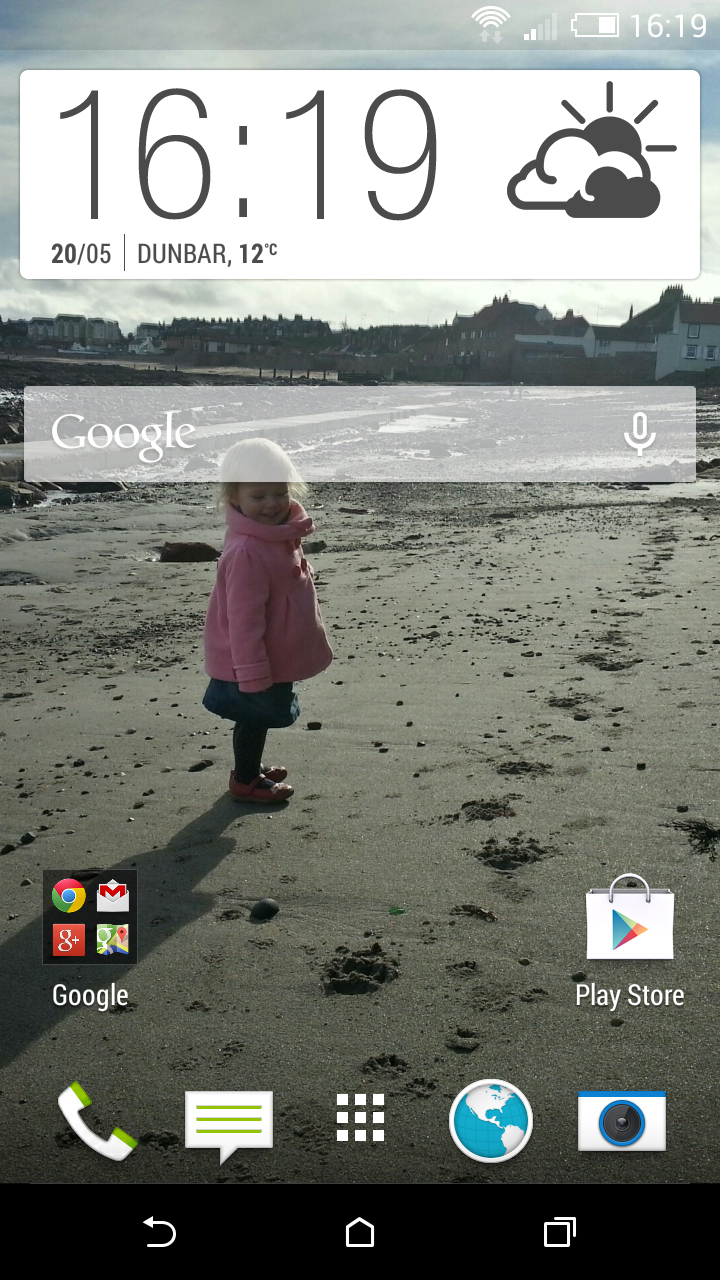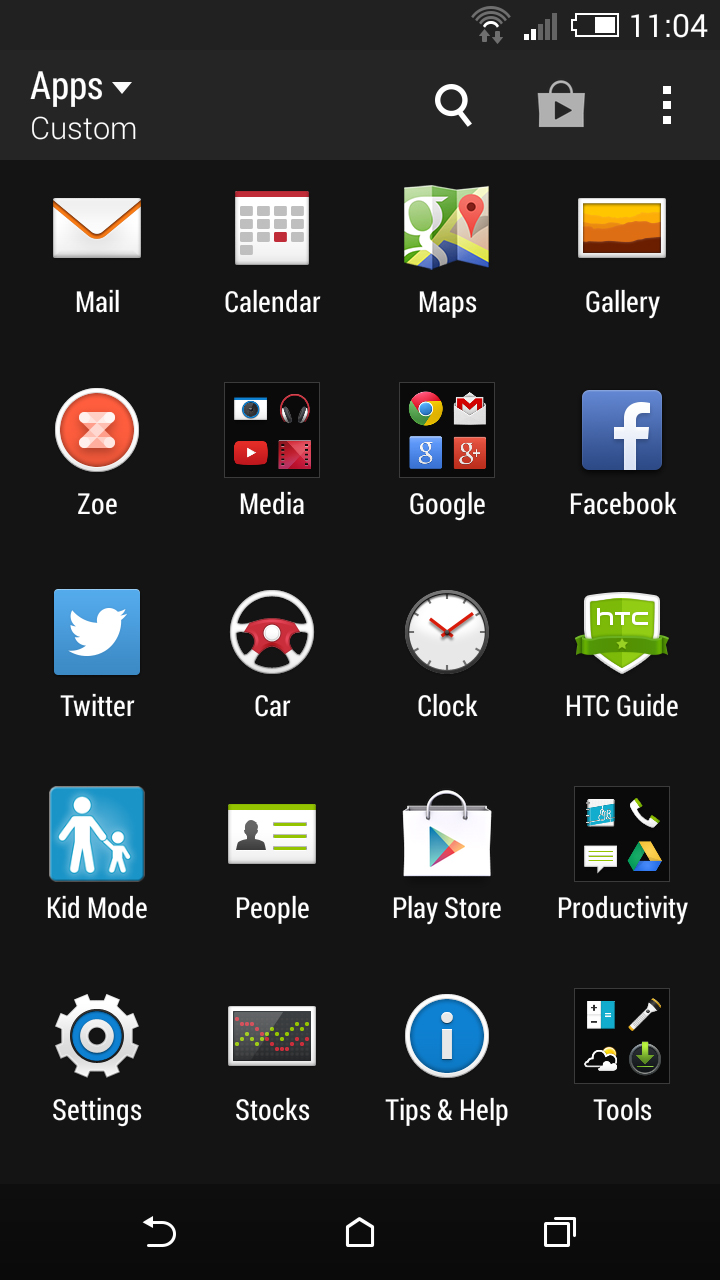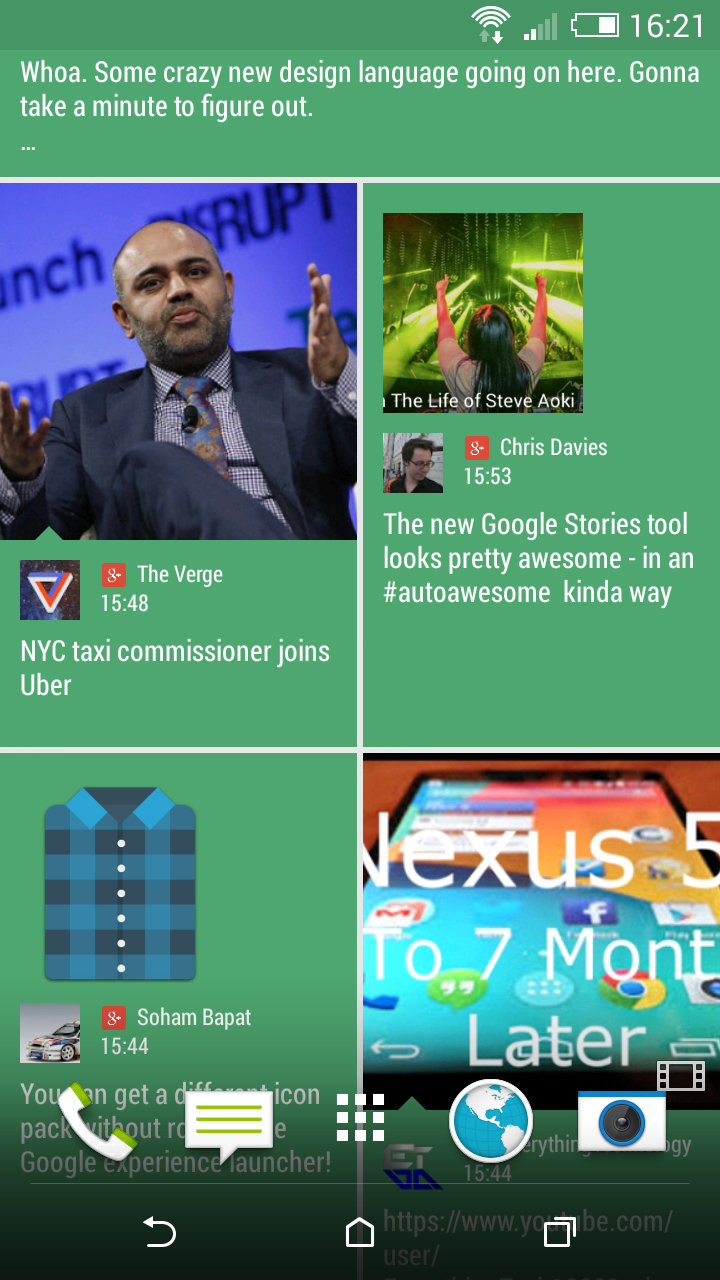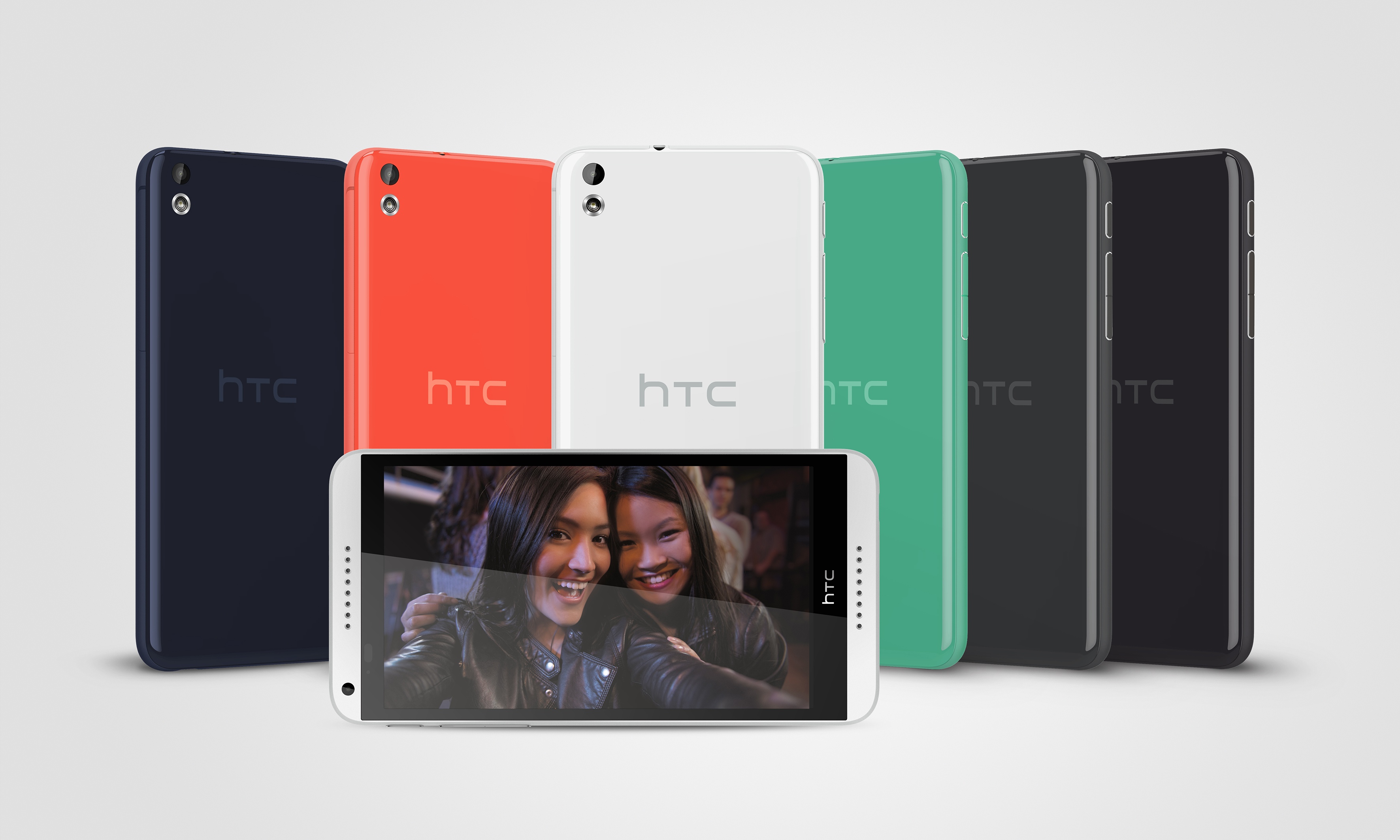Why you can trust TechRadar
I'm not saying it's a monster, but the HTC Desire 816 does remind me of Frankenstein's monster for some reason. Maybe it's the lumbering, giant, rectangular profile.
Almost everyone I encountered when using the Desire 816 remarked on how big it is. One of the key selling points for this phone is its size. The big display is a boon in the mid-market as smartphone displays are still trending upward.

While the screen is a proud 5.5 inches, the resolution is just 1280 x 720 pixels, which works out to a pixel density of 267ppi.
It's a Super LCD2 panel and it actually looks pretty good. But if you stick it next to a 1080p display you'll notice the difference. If you're coming from an older phone though this is going to look sharp and expansive.
I did feel that the automatic brightness consistently set itself a bit low, which gave the display a washed out look. Ramping it up to full made a big difference, but it will inevitably impact on battery life.
It's nice having a big screen, but even as a fairly tall guy with big hands, this phone is on the edge of comfortable for me.
The HTC Sense 6 UI is one of the heavier Android overlays you'll find. HTC has gone for a pretty distinctive look and modified the menus, notifications, and the app drawer.
Sadly there's no support for the tap to wake or the volume rocker camera shortcut that is available on the HTC One M8. The only special gesture supported seems to be the three-finger swipe up for quickly sharing content. To be honest there isn't much going on here that really adds value over stock Android.

Swipe left to right on the home screen and you'll get Blinkfeed, your news and social media aggregator. It's just like Flipboard and every OEM seems to have felt the need to create its own version.
For me it's pretty hit and miss (mostly miss) but then I don't want my social media chatter mixed in with my news. If you want to spend the time setting it up with your interests and then tweaking it to remove the stuff that's bugging you, then you might get a decent experience out of it.
On the app front, by contrast, HTC's touch is mercifully sparse. There is no HTC app store, or HTC video service, or HTC music subscription service being pushed at you.
There's a useful Car app, which is like a simplified launcher that just brings up music, navigation, dialer, people, and settings, for when you're driving.

Otherwise it's Google services all the way, which makes you wonder why HTC didn't go the whole hog and just put Chrome in as the default browser, because that's one of the first things you'll want to do.
HTC's apps are all good, straight to the point, and clearly laid out, but they don't bring much to the party that Google hasn't covered.
There are some clever touches in the Gallery, Music, Phone, People, and Messaging apps, but nothing you haven't seen before.
The most pleasant lack of compromise on the HTC Desire 816 is the front-facing Boomsound speakers. Music is loud, watching movies feels like more of an experience, and dual speakers that face you just make sense.
They are the best idea HTC has had, so it's nice to see they made the cut. You aren't going to find any other mid-rangers with speakers like this.
Current page: Key features
Prev Page Introduction and design Next Page Interface, battery life and the essentials